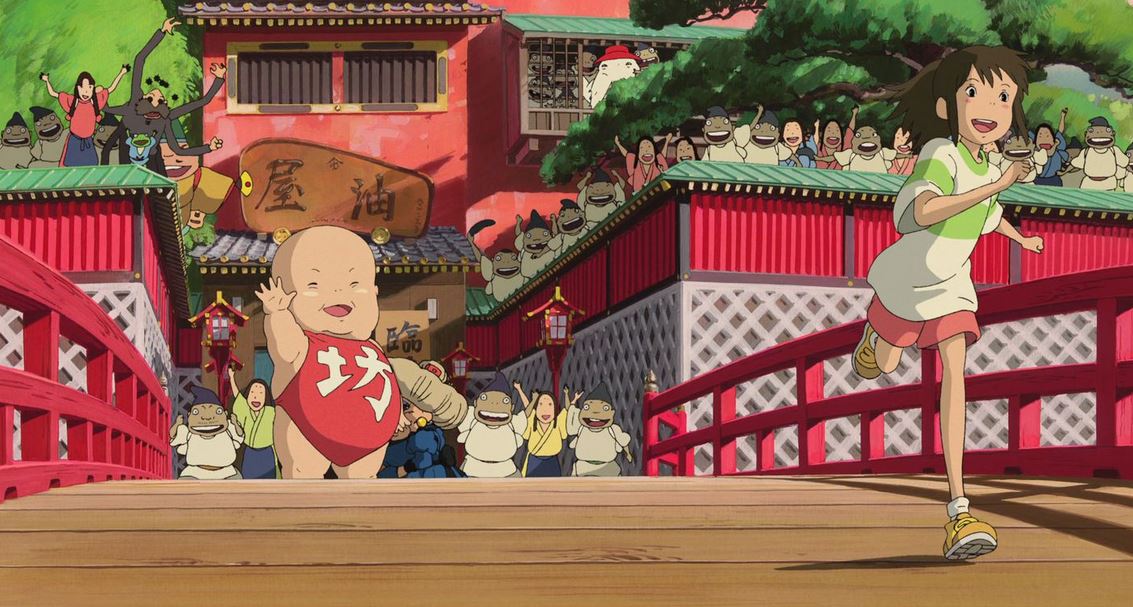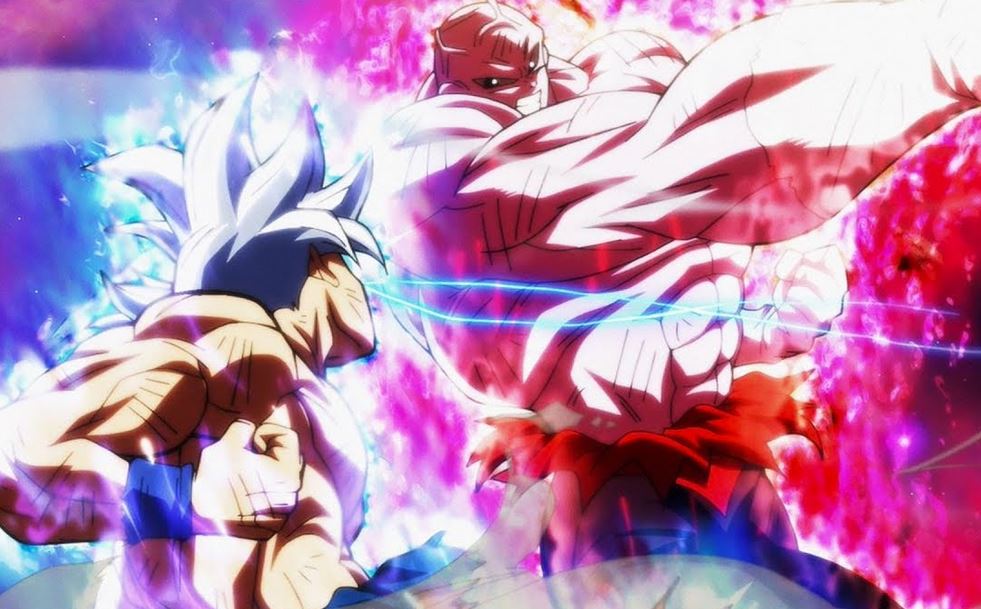We’ve all surely watched the Nickelodeon hit-TV series, Avatar: The Last Airbender. Functionally from our point of view, it had all the requirements needed to make it an Anime.
This is why we were surprised to find out that Avatar: The Last Airbender is, in fact, not an Anime and just an animated series that follows Japanese or Chinese traditions and teachings of chakra, elements, and mythologies.
This makes one wonder, if a cartoon so heavily-inspired by Anime is not Anime in itself, then what does an animated series require for it to be Anime?
In short, Anime is an animated series or movie that originates from Japan. This definition is used throughout the world except in the birthplace of Anime, Japan. For the Japanese, any series that’s animated is, in fact, Anime.
To know more, Please keep reading till the end.
| Genre | Setting |
| Shōnen | Shōnen Anime is primarily marketed toward male teen readership. The themes in Shonen Manga include sub-genre like martial arts, mecha, science fiction, sports, horror, or mythological creatures. |
| Seinen | Seinen Anime is aimed to attract young adult men. Seinen Manga mostly focuses on action, politics, science fiction, fantasy, relationships, sports, or comedy. |
| Josei | Josei Anime also known as ladies’ comics, the most popular themes of Josei Mangas are typically drama, romance, or pornography. |
| Isekai | Isekai is a fantasy-based genre where the main character is teleported to, reborn, or trapped in a fantasy or parallel unfamiliar universe. Some Isekai even has beings from other worlds visiting Earth. Isekai uses world-building to develop an unfamiliar and adventurous setting. |
What is Counted As Anime?
Anime is Japanese animation that is both hand-drawn and computer-generated. From outside Japan and within English terminology, Anime refers to Japanese animation.
However, in Japan and Japanese culture, Anime (a term derived from a constriction of the English word Animation) refers to all animated creations, regardless of style or origin (Japanese or not).
Anime–influenced animation is animation developed outside of Japan in a style similar to Japanese animation.
Most commonly, Americans who are fans of Anime would define “Anime” as basically meaning “any animated content from Japan.“
Japanese people use the shortened term “Anime” to refer to any type of animation or animated work whatsoever, regardless of its origins or its ideals or themes.
Some people also use the term Anime to describe an aesthetic, aka “an art style.“
I believe it was the YouTuber “Mother’s Basement” who envisaged the concept that “Anime” represents more of an imaginative legacy or “movement” that primarily refers to Japanese animation.
Difference between Anime and Manga?
Anime and Manga are two distinct forms of storytelling. They both come from Japan and are related, yet they are ultimately two different entities. The vocabulary will differ slightly depending on whether you are speaking with a Japanese or a Westerner; I’ll try to point out where this occurs.
It is debatable whether non-Japanese cartoons count as anime. A Japanese individual might remark that any cartoon, including western programs like Avatar: The Last Airbender or Spongebob Squarepants, can be considered anime. The word “anime” in Japanese is nearly identical to the word “cartoon” in English. Most people outside of Japan use the phrase exclusively to refer to Japanese-originated series or at least ones that are heavily influenced by Japanese anime.
Manga (, which translates as “whimsical drawings”) are Japanese comic books. In contrast to anime, they are often black and white. Manga is frequently used as the inspiration for anime, however not every anime is based on manga, and most manga is never adapted into anime. A mangaka (the author, artist, and all other main roles) and an editor are usually all that is required to create a manga. In contrast to western comic novels, most manga is read from right to left.
Main Characteristics of Anime
Since the first animated films were developed, animation has taken many various forms. Anime is one of the most popular of these forms. This Japanese style of cartoon production offers distinct advantages to any animation studio that employs it.
The following are some of the qualities that distinguish anime.
- Complex Plots
- Adult Focus
- Exaggerated Physical Features
- Limited Animation
What makes an Anime an Anime and not a Cartoon?

Japanese Anime is not the same as cartoons.
While both are indeed just caricatures that can be animated, Anime typically has visually distinct characters and uses a more “confined animation” style for displaying movement.
The dividing line between Anime and cartoons is more ethnic and cultural than technical, with origins dating back more than a century.
Subject Matter
Cartoons are typically intended to make people laugh, so they feature humorous themes.
There are a few cartoons in the industry that are educational while remaining amusing, and they are generally aimed at toddlers and children.
Anime films do not always adhere to a single theme. Their narratives could indeed range from Pirate raids to witty adventures to Samurai tales.
The majority of Anime films and television shows distinguish themselves from their American counterparts by developing a plot that remains consistent throughout the series, demonstrating moral standards and a certain level of complexity to viewers.
In short, Anime is intended for people with longer attention and philosophical capacities who enjoy watching a plot unfold over multiple episodes.
Anime illustrations are infamous for their exaggeration as far as physical features and plot are concerned. One can easily differentiate Anime from a normal cartoon by simply noting the physical traits of the leading characters.
Anime characters tend to have “large bulging eyes, big spiky hair, and elongated limbs.” Mangas usually feature “markedly sculpted speech bubbles, speed lines, and onomatopoeic, exclamatory typography.”
Cartoons, on the other hand, are more realistic and contain traces of everyday life. Various cartoons bear striking similarities to humans.
However, because cartoon characters are caricatures, they frequently deviate from reality (for example, Marge Simpson’s massive, blue hair or Brian, the chatting dog in Family Guy).
Facial Expressions

The facial expressions of Anime characters are frequently different from those of their contemporaries in cartoon animation.
Characters who are embarrassed or stressed, for example, produce a large sweat drop (which has become arguably one of the most widely recognized motifs of conventional Anime). Shocked or surprised protagonists make a “face fault,” displaying a highly exaggerated expression.
Angry characters may have a “vein” or “stress mark” effect on their forehead, with lines representing bulging veins. Angry women will occasionally appear from nowhere with a mallet and hit some other character with it, primarily for comic relief.
To indicate arousal, male characters will develop a nosebleed around their female romantic interests. Or when a character taunts another character, they do so by pulling an eyelid down and sticking out their tounges; all of these are examples of exaggerated interactions.
Does an Anime have to be made in Japan?
Yes and no, it can get complicated, and the answer differs from person to person.
The term Anime is a Japanese colloquialism that is used as an abbreviation for “animation.” Outside of Japan, Anime is generally regarded as a type of cartoon.
A cartoon in the style of Anime can be created, but it can’t be considered Anime. Why not, you might ask? The animation varies by region. This could be due to the various techniques employed, the ideologies represented, and the funds allocated to each producer or studio.
Sure, Anime can have various styles and also emulate styles from other countries, and lines can sometimes become blurred when studios from different countries collaborate. What distinguishes them is the collective effort of people who work together to create them.
Modern-day Anime is so special in this era thanks to the due diligence done by the Japanese for the sake of the genre.
It’s the same as eating ethnic food in a foreign country. It comes close at times, but most of the time, one has to admit that it isn’t the same as you had it in your native country.
This could be due to several factors, including the accessibility of ingredients, the chef’s skill, or even the recipe. While you can call it ethnic food, it isn’t the same.

Anime in Western Culture
Anime has gradually infiltrated Western culture.
Despite not being at the center of mainstream entertainment, it has attracted such a major western audience that western animation studios have created shows in the same style.
American shows with Japanese Anime influences including The Boondocks and Avatar: The Last Airbender, had sparked a heated debate: are American cartoons that resemble Anime considered as Anime?
While the answer is still up for debate among fans, the overall consensus is that Anime only refers to Japanese-produced projects.
However, the line is becoming increasingly blurred as American and Japanese composers work collaboratively on new shows and films.
Its Japanese roots and influences have already made it a distinct form of narrative that piqued the interest of people all over the world.
Pioneers such as Hayao Miyazaki, Makoto Shinkai, and Satoshi Kon have created not only the best Anime films but also some of the best-animated films ever.
Whatever your interests or favorite genres are, there’s almost a 100% possibility that you’ll find an Anime you can fall in love with.
Conclusion
- Anime is an animated series or movie that originates from Japan; this definition is used throughout the world except in the birthplace of Anime, Japan; for the Japanese, any series that’s animated is, in fact, Anime.
- Most commonly, Americans who are fans of Anime would define “Anime” as basically meaning “any animated content from Japan.”
- Anime illustrations are infamous for their exaggeration as far as physical features and plot are concerned. One can easily differentiate Anime from a normal cartoon by simply noting the physical traits of the leading characters.
- The facial expressions of Anime characters are frequently different from those of their contemporaries in cartoon animation.
- Anime can have various styles and also emulate styles from other countries, and the distinguishing line can sometimes become blurred when studios from different countries collaborate. What distinguishes them is the collective effort of people who work together to create them.